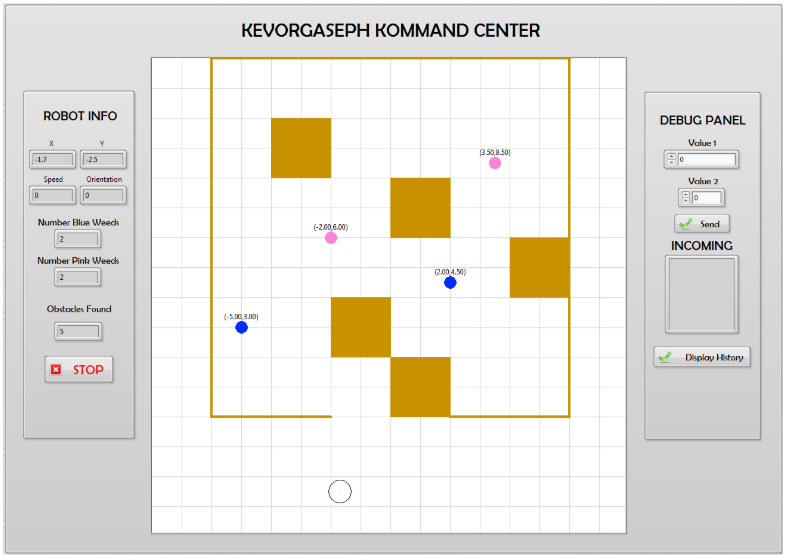About Kevorgaseph
Joey Byrnes : Electrical Engineer, linkedin.

Kevin Patrick Courtney : Mechanical Engineer, facebook link.

Tor Shepherd : Mechanical Engineer, linkedin.

Volga Can Karakus : Agricultural and Biological Engineer, website.



